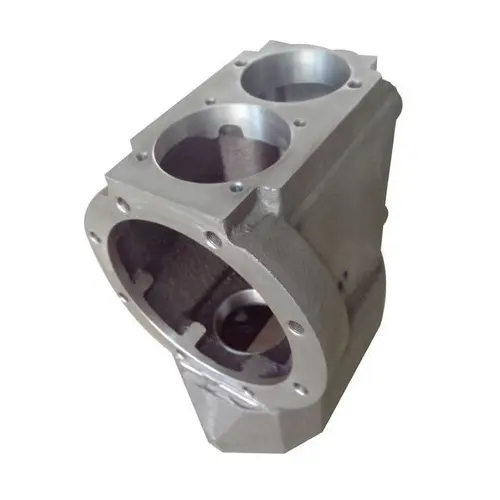EN-GJL-250/GG25 is a grey cast iron material, standard EN1561-1997/EN1561-2011 with high strength, good wear resistance and casting performance. The tensile strength of cast iron profiles is usually around 250MPa, the yield strength is around 150MPa, the hardness is between HB180-230, the density is about 7.2g/cm³, the thermal expansion coefficient is 11.5×10^-6/℃, and the thermal conductivity is 37.2W/(m·K). This material is mainly composed of elements such as iron (Fe), carbon (C), silicon (Si) and phosphorus (P), and has good corrosion resistance. Chemical composition: Carbon (C): 3.16-3.30% Silicon (Si): 1.79-1.93% Manganese (Mn): 0.89-1.04% Sulfur (S): 0.094-0.125% Phosphorus (P): 0.120-0.170%
The production process of gray cast iron mainly includes raw material preparation, smelting, molding, pouring, post-processing and other steps.
1.Raw material preparation: Raw materials include pig iron, recycled materials, scrap iron and scrap steel. The specific proportion is 25% pig iron, 25% recycled materials, 37.5% scrap iron and 12.5% scrap steel, and 0.5% alloy (such as 60MnFe) and 0.7% Jiatan HT250 casting recarburizer are added.
2.Smelting: The smelting equipment usually uses a medium frequency furnace, the smelting temperature is controlled between 1480~1520℃, and the insulation time does not exceed 20 minutes. During the smelting process, it is necessary to control the chemical composition of the molten iron, control the carbon content between 3%~3.6%, and ensure that the molten iron temperature is above 1450℃.
3.Molding: Manual wet sand molding and coated sand core making are used, and manual pouring is used. Take the HT250 casting of the light series lathe bed as an example. The single weight is 90kg, the guide rail part is a thick section, the hardness requirement is above HB185, and the guide rail surface quenching hardness is above HRC48 to meet good wear resistance and processability.
4.Pouring: Pour the smelted molten iron into the mold to form a casting.
5.Post-processing: Including heat treatment and machining. Heat treatment usually adopts induction quenching process, heating the surface of the casting to 860-920℃, then spraying quenching liquid to cool, and then tempering at 500-550℃ for not less than 2 hours. Finally, mechanical processing such as drilling and tapping is carried out.
EN-GJL250 cast iron is widely used in various industries due to its superior performance:
1. Automobile industry: EN-GJL250 cast iron profiles are often used in automobile engine parts, brake systems and chassis parts.
2. Mechanical industry: EN-GJL250 cast iron profiles are suitable for manufacturing mechanical parts, such as gears, bearing seats and machine tool beds.
3. Construction industry: EN-GJL250 cast iron profiles can be used for building structures, bridge supports and drainage systems.
4.Mining industry: EN-GJL250 cast iron profiles are widely used in mining machinery and equipment, such as mine supports and mine wheels.
5. Energy industry: EN-GJL250 cast iron profiles can be used to manufacture energy equipment, such as wind turbine bases and hydropower station turbines.





